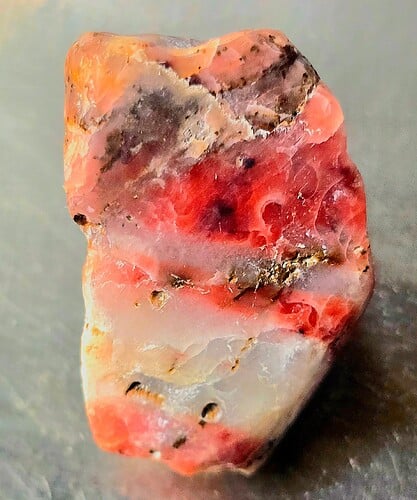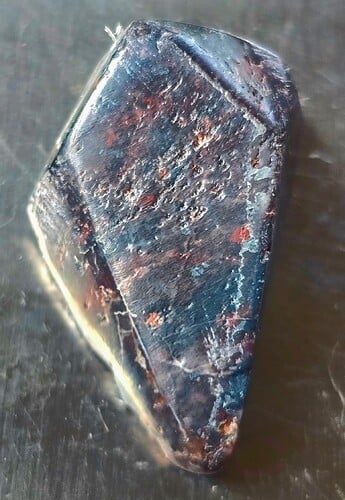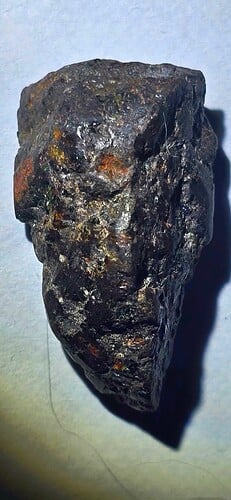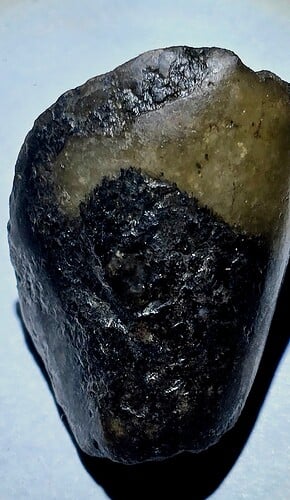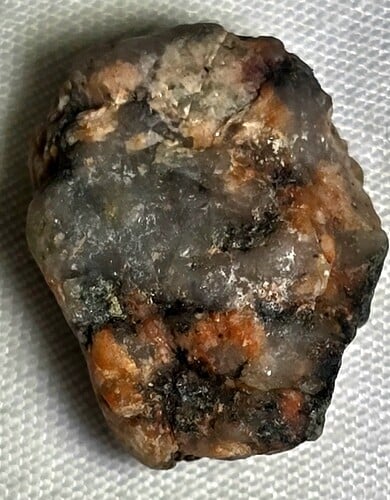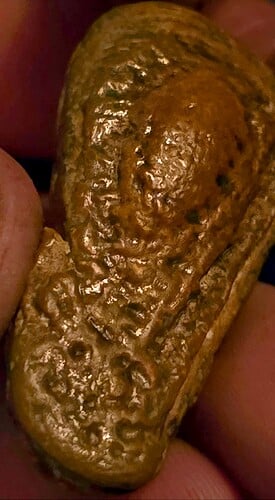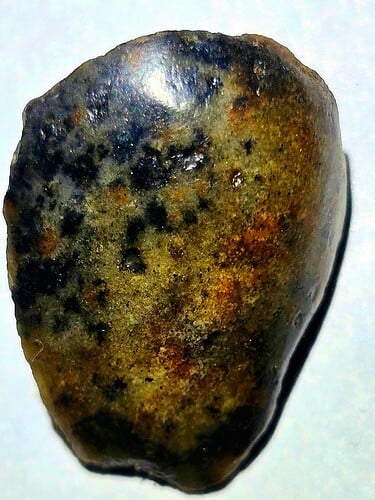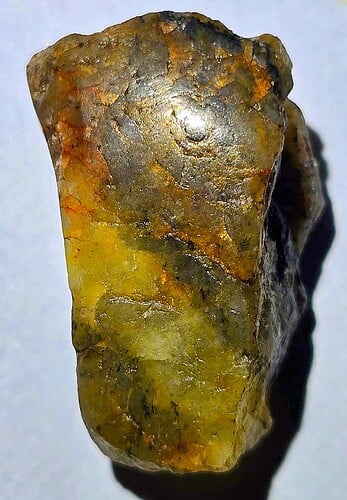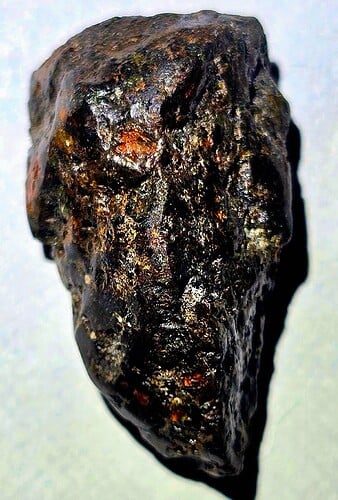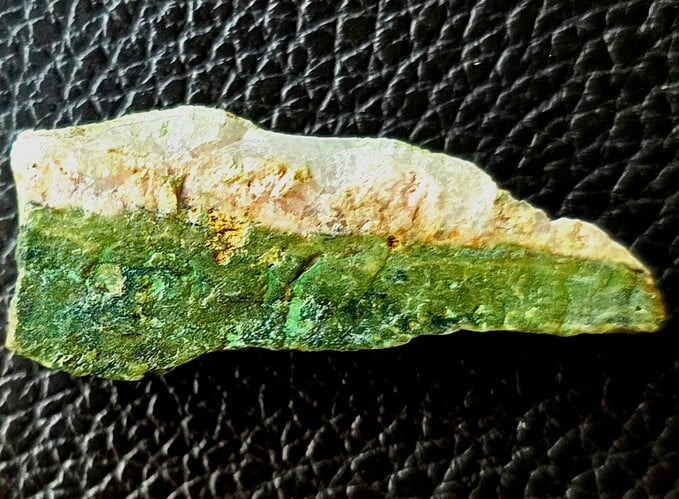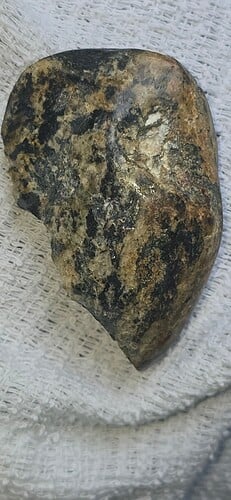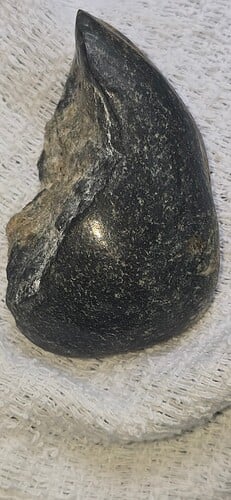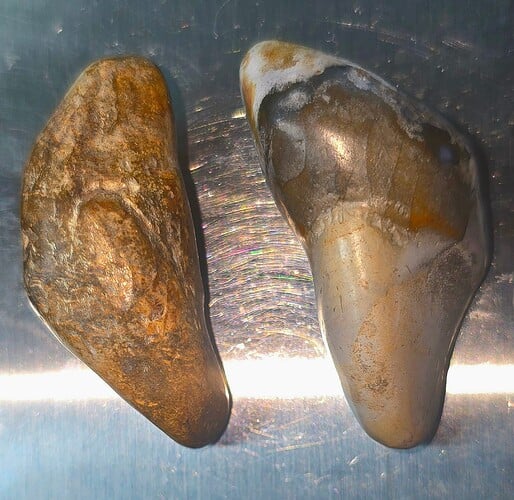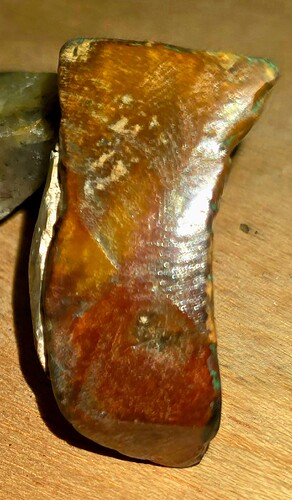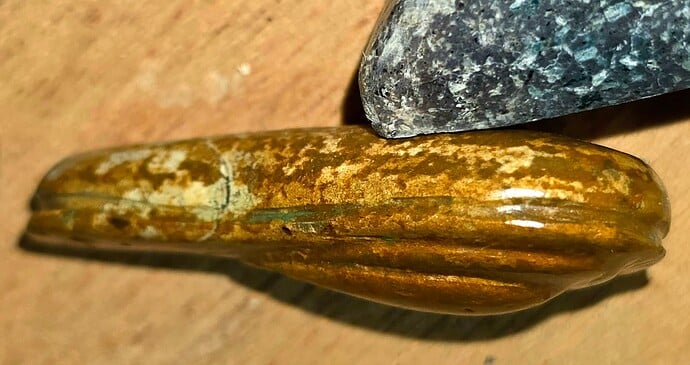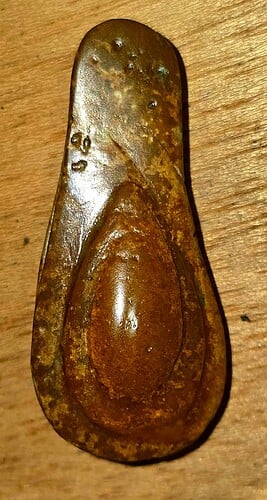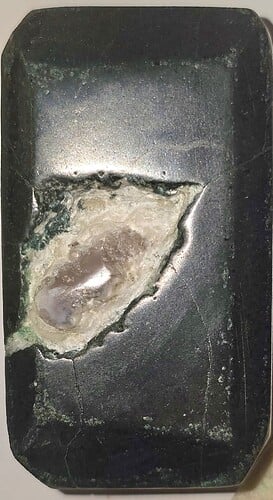I believe all these come from the same location of the colorodo mountain range itself . They are very unique but having trouble identifying a couple but thought id share. I think the last couple are fossil claws,hooves, teeth idk though Lmk what u think. Thanks
Colorado, Montana and other mountain ranges afford more untapped natural gemstones. I know 1 Ruby mine was found recently in region. Automatically closed down mine. Due verification of find. Range validation requires clearly validated mineral right verification pre mining. Legal issues mitigate then resume mining efforts. Multiple viable lines found various lapidary options including opals, and so much more across mountain ranges of Colorado into Montana regional ranges. We expect multiple mining operations to begin in Montana & Colorado with probable strip mining of ranges for next 4 years. Republicans wanted change. They will strip mine regions.
First photo looks like it might be opal.
Next few photos down look like amber.
The green one might be a variety of serpentine.
- The last image does look like fossilized teeth.
- 20241107_200023: Does look like Serpentine
- 20241107_200420: Interesting divots that look like rain erosion or gas pockets exposed from erosion.
- Most of the others are some type of agate like Carnelian or other agatized matrix.
The first image is very interesting, because it shows features found with Rhodochrosite, commonly found through out the central Rocky Mountains and in the San Juan Mts. west of Silverton / Telluride.
All are really cool finds! ![]()
Cheers!
Thanks i forgpt to add these one is of the amber colored one cleaned up. Looks like a beatle in it and has a grove all around maybe a old necklace idk bit pretty
agree that the last one does look like a fossil tooth…
the first image is a very nice speciment… could be a manganese rock but also looks like quartz stone…as you mentioned rhodochrosite comes from the San Juans… also the white mountain volcanic field… these were explosive volcanic centers… secondary hydrothermal mineralization lead to silver ore formation, along with amethyst and carbonate minerals including rodochrosite. One of the images 202411 looks like a coarse grained granite or pegmatite… distributed widely in basement granite rocks raised by the Laramide orogeny that made the Rockies… gem varieties are at Mt. Antero and the Pikes Peak area. the pitted stone looks like another quartz stone… doesn’t look volcanic with gas bubbles. The stone that has a green streak could be anything… the matrix is pretty nonspecific… large variety of different looking stones coming from the same locale would indicate mostly quartz if not all quartz.
all of the last series of pictures could be natural shaped stones… nature shapes stones in all forms… only the last one which looks too symmetical, looks like a piece of jewerly stone…
see my response directed to Troy… if you found all of your stones at the same place in CO, the should be variants on the same type location minerals…
Hi every one I trust that this text finds every one well? and hi to Michael. I would sergeant that you should seek an archaeologist at your nearest University as most of them materials look as if they had bin carved at some point. there are three that perplex me! the first is the ones that looks like a tooth it looks like some one went threw a lot of trouble to curve the materials in just the wright places to get that look on a layerd matrix. there are geologists that could help detect if the minerals where hand shaped or if the shapes are naturally formed!, but to me it differently looks more tampered with than natural. The one that looks like and Avocado with a spiral seed centre that is deferentially not natural! on the curved lines of a rock, they are to perfect and the ceurvicure is not that of natural materials there is no signs of natural erosion that could cause lines like that and so perfectly uniform on that mineral, that means that it has bin removed by some methodology of manmade tooling I am sure. also the fact that there was a half carved garnet defernetlly hints at personalisation findings as garnet was well used and prized for many of that period, for both mythological beliefs such as protection in battle warding off bad wishes from others and status symbology. Royalty would never have been seen without garnet as it was a massive power symbol of Roman and early civilisations talismanic uses.
Best of luck and pleas keep us updated on what happens but I am pretty sure that it is a fine of some sought.
Best regards Jarryed.
